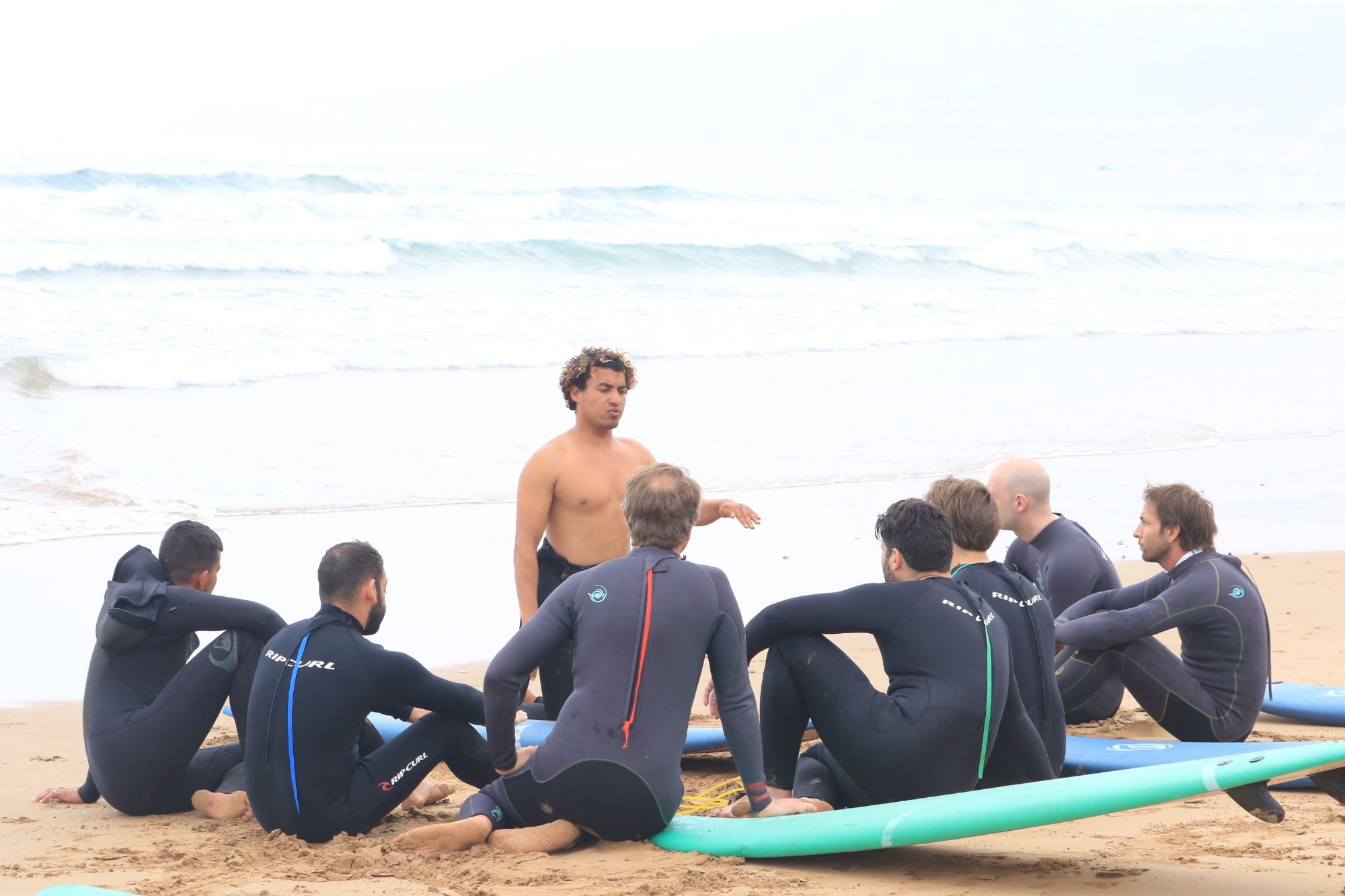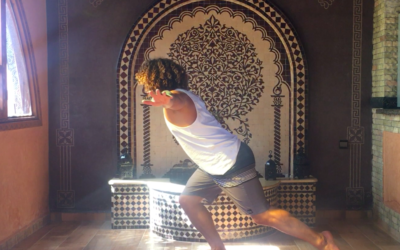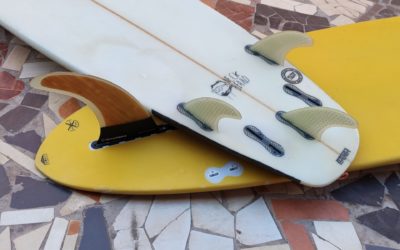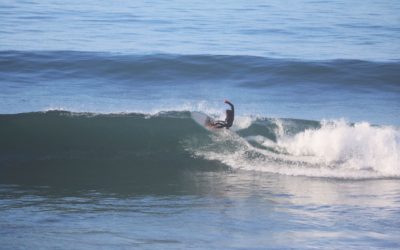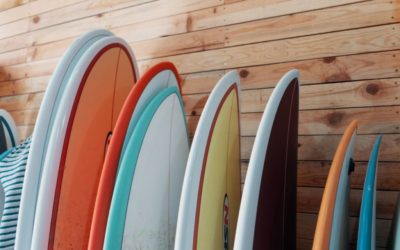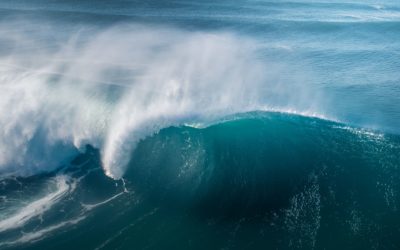Table of contents
What level of surfing are you at? This question is best answered by listing the skills you have already mastered. In this blog, we will define four levels of surfing, according to some of the techniques used.
First level : Beginner
As its name suggests, this is the level acquired during those first surfing sessions and/or lessons. These are the first sensations of gliding, the ones that will get you hooked! Here are the basic abilities of a beginner:
- Being able to equip yourself and understand the equipment (what an adventure, putting your wetsuit on for the first time).
- Knowing how to take white-wash (waves that have already broken) to the beach lying down.
- Finally, after these steps, you have to be able to take white-wash in a standing position, keeping your balance until the end of the wave.
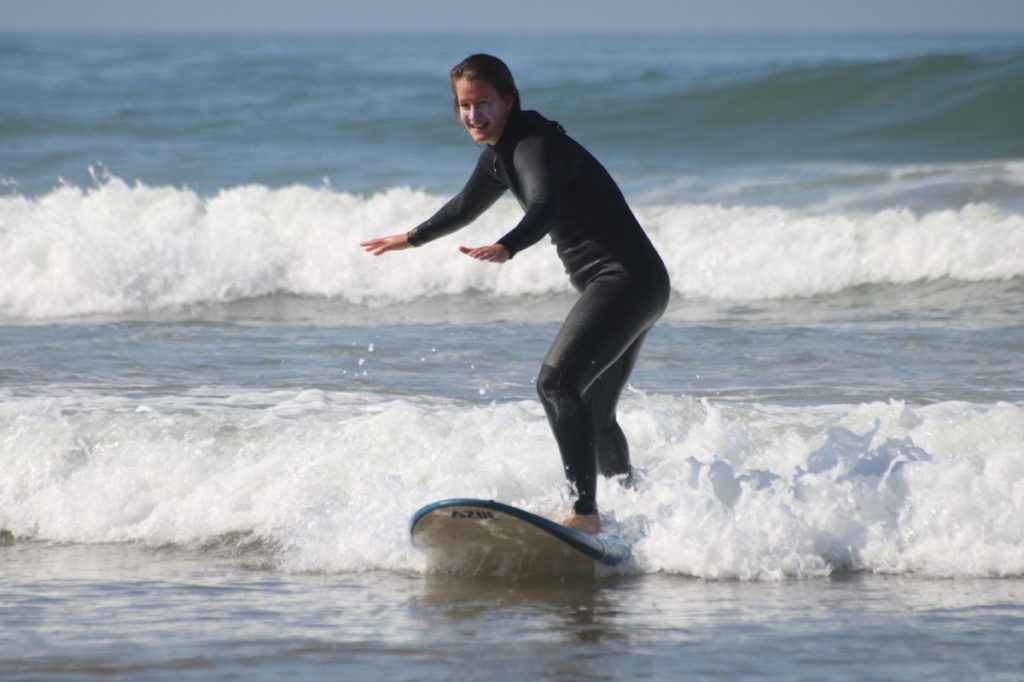
Second level: Intermediate
This level involves moving to unbroken waves. Succeeding to catch these green waves requires more physical strength and an awareness of timing.
- The paddling must be efficient and powerful to catch clean waves.
- You need to know where to position yourself, at the peak – the place where the waves are about to break.
- Confident and capable of taking off on small waves.
- Keep your balance after the take off.
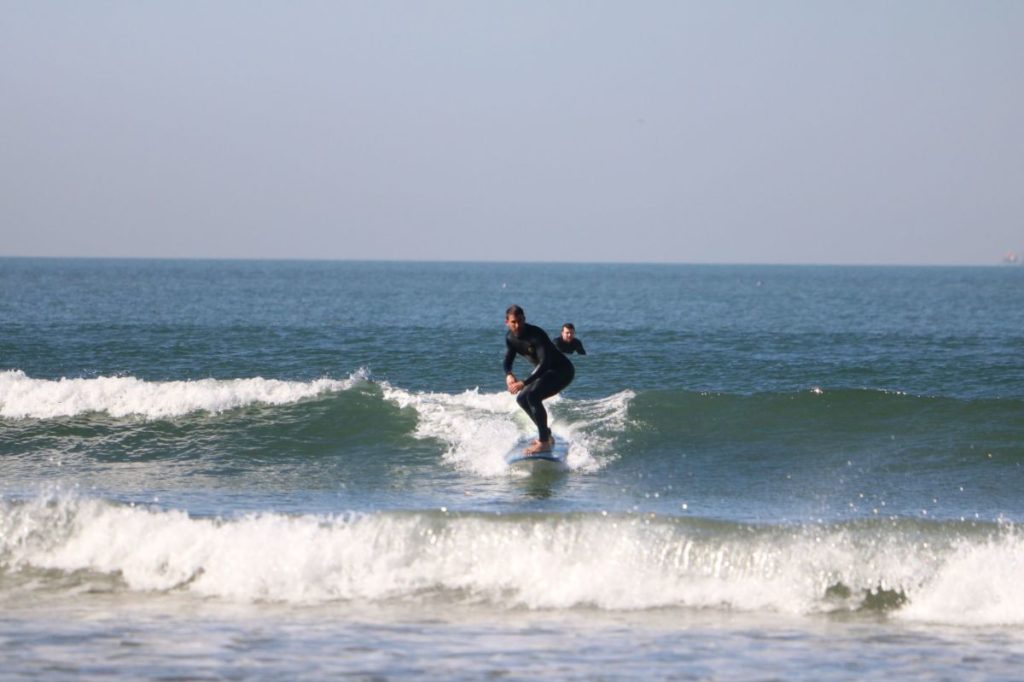
Third level: Confirmed
This level is often the hardest one for a surfer who does not have the opportunity to practice often. The big change will be the direction once on the wave. This will allow you to follow the wave’s break and therefore, to enjoy a longer glide on the clean part of the wave.
- Know how to catch waves of about one meter or more.
- Take a direction once on the wave to follow the wave’s break (front or back. Left or right).
- Keep your balance and apprehend the speed of the clean part of the wave.

Fourth level: Experienced
At this level, you are autonomous and you have a thorough understanding of how the spot works: where is the peak, where you should you go in the water…and are able to control your trajectory on the wave face.
- Surf the shoulder of the wave and generate speed.
- Make turns on the wave to control your position.
- Going to the peak by making duck dive (passing under the wave).
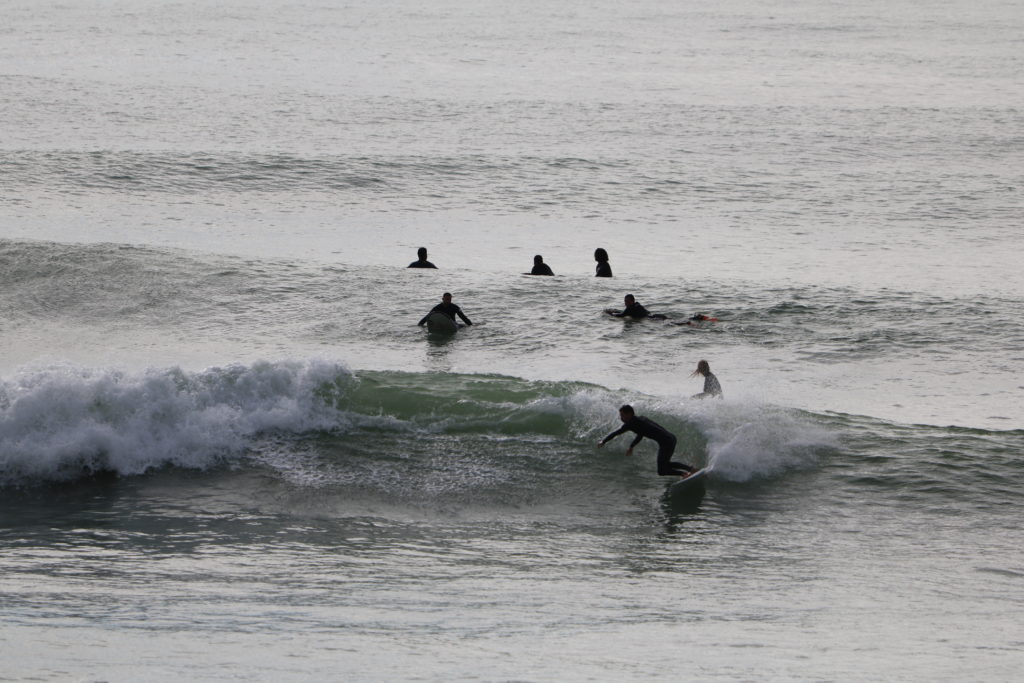
We hope that this blog has helped you identify your surf level, and will help you set some goals for your next surf trip. It may be useful if you want to have a surf lesson adapted to your level.
Don’t forget the most important thing: have fun in the water!
FAQ – Understanding Your Surf Level
You’re probably still a beginner if:
You need help choosing which waves to catch.
You mostly ride whitewater (foam) or struggle to catch unbroken green waves.
You haven’t yet mastered the take-off (popping up) smoothly.
You can’t yet control your board along the shoulder of the wave.
Don’t worry — this is a totally normal phase, and every session brings you closer to the next level!
An intermediate surfer is able to:
Catch green (unbroken) waves regularly without assistance.
Angle toward the shoulder of the wave to ride along it.
Generate speed by pumping on the face of the wave.
Perform basic turns (like bottom turns and cutbacks).
Paddle out to the lineup alone, using duck dives or turtle rolls.
It depends on many factors: how often you surf, the conditions, coaching, motivation, etc. Generally:
Beginner → Intermediate: around 10 to 20 consistent sessions
Intermediate → Advanced: several seasons of regular practice
The most important thing is to progress at your own pace — don’t compare yourself to others.
Absolutely! Your level isn’t fixed — it also depends on the surf conditions:
An intermediate surfer may feel like a beginner in heavy or hollow waves.
An advanced surfer might not enjoy small, weak waves.
Always adapt your session to the conditions the ocean offers that day.
Beginners: beach breaks with sandy bottoms and small, soft waves.
Intermediates: spots with gentle green waves and manageable currents.
Advanced surfers: reef breaks, point breaks, or powerful beach breaks.
Always ask locals or surf schools for advice before paddling out at a new spot.
Take lessons adapted to your level, observe other surfers, watch tutorial videos… and most of all: surf regularly and keep smiling!
And remember: the most important thing is to enjoy your time in the water!

